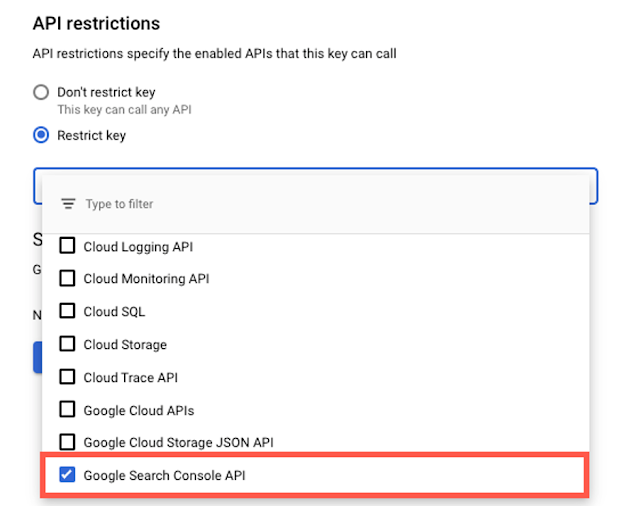Introduction:
Personalization is a powerful tool that can help businesses create more effective marketing strategies. By leveraging data to understand your audience's preferences and needs, you can deliver targeted messages that resonate with them and drive engagement. In this blog post, we'll explore the power of personalization and provide tips on how to use data to create more effective marketing strategies.
Collecting and Analyzing Data:
Use website analytics tools to track user behavior and identify patterns.
Collect customer data through surveys, purchase history, and social media engagement.
Use data visualization tools to identify trends and insights that can inform your marketing strategies.
Creating Buyer Personas:
Use data to create detailed buyer personas that represent your ideal customers.
Consider factors such as demographics, behavior, interests, and pain points when creating your personas.
Use buyer personas to tailor your marketing messages to the specific needs and preferences of your audience.
Personalizing Content:
Use dynamic content to deliver personalized messages to your audience based on their behavior and preferences.
Use personalization tags to insert the recipient's name and other relevant information into your emails and other marketing messages.
Create personalized landing pages that speak directly to the needs and pain points of your audience.
Using Personalization in Advertising:
Use retargeting ads to target customers who have previously engaged with your brand.
Use lookalike audience targeting to reach new customers who share similar characteristics to your existing customers.
Use geotargeting to deliver ads to customers in specific locations, such as a particular city or region.
Measuring and Optimizing Results:
Use A/B testing to measure the effectiveness of your personalized marketing messages.
Use marketing automation tools to track customer behavior and optimize your marketing campaigns over time.
Continually refine your buyer personas and personalized messaging to ensure that you are delivering the most effective messages possible.
Conclusion:
By leveraging data and personalization techniques, businesses can create more effective marketing strategies that resonate with their target audience. By understanding your audience's preferences and needs, you can deliver targeted messages that drive engagement and ultimately, help your business achieve its marketing goals.




















